
When we travel back to the Great Depression to determine what caused such an epic economic meltdown, history provides an excellent lesson for us today. History has given us this unique opportunity to pull back the curtains, to look and see what our ancestors said and did. Such was the magnitude of their challenges; some rose up to submit plans literally saving the world, while others selected the wrong plans and provided the wars’ villains. The history of how our ancestors reacted to those plans and all their consequences and unintended consequences may help Americans today fashion a possible recovery plan.
By 1929, the production of goods and services significantly outpaced America’s ability to purchase those goods and services, the roots of income inequality. Massive inventories of products caused prices to crash. As consumer confidence waned, the downturn in spending in investment-led factories and other businesses began to slow production. Many companies started firing their workers. For those who were fortunate enough to stay employed, wages fell and buying power diminished.
Summary of the Great Depression
The Hoover administration invested billions of dollars through its joint ventures with corporate America. Yet virtually nothing ended up in the pockets of the working class – just low wages, dangerous and unsafe working conditions, and no hope for the future. The trickle-down economic theory didn’t work. This financial crash has the distinction of being known as the Great Depression because, for two years, the American people were left to fight over the crumbs that fell from the tables of the most corrupt government, judicial system, and monetary system that this country had ever witnessed—we know this because of the Pecora Report. What sets this crash apart from any other is that ordinary Americans had lost hope.
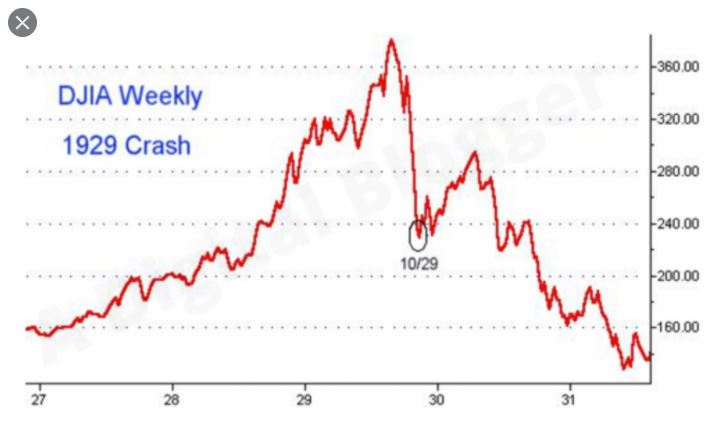
By the time Roosevelt was elected, many Americans were already unable to meet their mortgage payments. Yet, they were helpless to do anything about it because the banking industry was no more. Twenty-eight states did not have an open bank within their borders. The collapse of the home mortgage market is where Americans felt the full effects of the Depression. It was one thing to lose your job, which 25 percent of all families did. Still, no one was prepared for the brutal reality that the banks were now about to throw nearly one million American families into the streets.
The average value of homes fell some 40 percent, and the default rate jumped to about 50 percent of all households that had mortgages. The longstanding American attitude against government intervention fundamentally shifted as vast numbers were thrown into the streets. Losses or cuts in employment, combined with their homes’ loss, caused hundreds of thousands of middle-class families to experience their first real taste of poverty.
Rural America
Conditions were worse in rural America. In rural America, in the aftermath of Hoover’s Tariffs’ farmers found it hard to repay their loans—the tariffs caused farm incomes to drop 67 percent. A rash of bankruptcy followed throughout the country and among farmers in the Midwest.
Iowa
In January 1933, Ed O’Neal, the farmers’ union leader, said, “Unless something is done for the American farmer, we will have a revolution in the countryside within less than twelve months.”11
The attack and attempted lynching of a judge who had been signing eviction orders to be served on farmers in April 1933 led Iowa’s governor to declare the state under martial law.
Utah
Agrarian states like Utah saw unemployment rates peak at 35.8 percent, the fourth-highest in the nation. Throughout the 1920s, Utah averaged an unemployment rate of more than 26 percent. The state’s economy was based on agriculture,
Utah, like most states, initially relied on voluntary charitable activities and local government to bring relief. As cash was in short supply, communities had to be resourceful and open to creative options. Chambers of commerce throughout the state canvassed cities and towns block by block to identify people in need. The American Legion undertook a Job Canvas Program. Salt Lake City set up a relief committee and pushed other towns and communities to follow their lead. When the committee organized a massive campaign to raise funds for the indigent and homeless, they managed to raise a staggering $450,000. Salt Lake City’s program included free school lunches, vegetable seeds, and land for growing produce. As the food supply continued to dwindle, charities organized hunts to provide rabbits or venison for community soup kitchens. However, by the spring of 1932, less than three hundred dollars remained in Salt Lake City’s emergency fund. In the end, Utah, like the rest of the country, had no one left to ask for help.
Washington
The photo below shows a Hooverville in Seattle, Washington, where unemployment reached 26 percent by January 1935. The site would not be closed until the mid-1950s. Hooverville Seattle 1937.
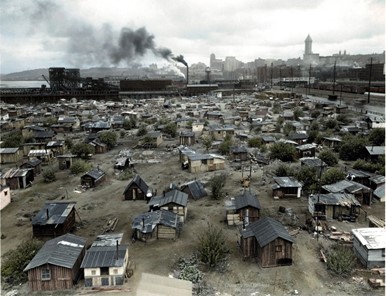
America, and the world in general, had become a dark and bleak place to live. People were losing hope. Many families in the Great Depression were too poor to afford even the cheapest housing. Some of them had been evicted, some had lost their homes, and some just had nothing left at all after the market crashes. They moved to Hoovervilles, areas with makeshift shelters set up near cities. The name Hooverville was meant to mock the president.
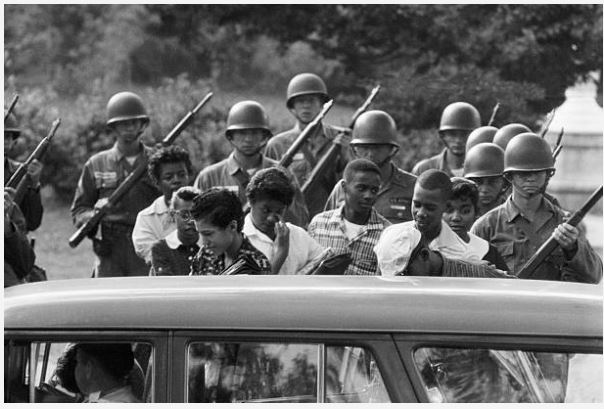
America’s first generation was about to pass since the Civil War, and there was still a great deal of mistrust and tension throughout the country. There remained many in the South who would not concede to the abolition of slavery. Groups like the KKK flourished and waged a covert war against Americans of color, pushing their agenda through by means such as the Jim Crow laws.
People of color suffered the most through the Great Depression, with unemployment exceeding 38 percent as they had been relegated to the bottom of the employment ladder. The agriculture collapse destroyed both the sharecroppers and the tenant farming economy. Black colleges had gone bankrupt, limiting educational and economic opportunities even more than before. Jim Crow laws and Klan followers led to people of color being treated horrifically and fired. Murders to create jobs were common.
The Women’s Suffrage movement found that most children in Foster Care were put there by their poor mothers whose only crime was that they could not provide for them
During the Great Depression, approximately 1.5 million men left to look for work but never returned to their families, leaving wives and children with no income source or support. Twenty-six states maintained laws forbidding married women from working. States like Utah even passed legislation in 1932 that banned women from working in the state governments and forced any woman already employed there to resign immediately.
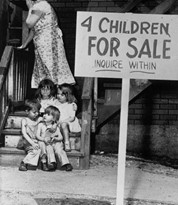
The problem was, once a woman became a single head of household, or breadwinner, of the family, she had to prove that she wasn’t married to apply for a job. Unfortunately, in most cases, she could not, forcing her to either give up her babies so that she could get work to feed the older children, or live in extreme poverty. The women’s suffrage movement became aware and reported that most children in orphanages and foster care were not orphaned at all, but rather younger children relinquished by their poor mothers whose only crime was that they could not provide for them. When Roosevelt came into office, not only did he inherit a broken economy, but he also inherited a broken people. The Great Depression was no ordinary emergency; FDR knew that America’s very soul needed saving.
The Day America Became Great
Americans had lost hope, and darkness crept across the land. No one was left to fight for the once-proud Union. After all, what worth fighting for was left? Over 90 percent of Americans had no money, and over half of them were nearly 18 months delinquent on their home mortgages. Then the greedy bankers came calling for their mortgages and debt with the courts on their side. America was at her most vulnerable, and she began to tear herself apart. Hoover’s government deported American citizens in the name of wisdom, and the Klan was lynching others because of its hatred. Americans were starving while millions of farm animals ready for the market never made it, as no one had any money to purchase them. Plutocrats and religious leaders called on Americans to turn back in time.
After all, wasn’t it all that whoring around by the working class that got us into this position in the first place? The chickens had finally come home to roost, God’s punishment for the wicked. For what reason was there left to fight? Poverty? The one idea the North and South finally agreed upon was, “What is the point?” American democracy only ever worked for about 10 percent of the population. So, our ancestors asked the question once again, “What is the point?” And so, the story goes. . .
On that, our darkest day, a great nation was reborn out of the ashes; e Pluribus Unum, “from many, one.” And on that day, a voice could be heard from the radio, and that voice was Franklin Delano Roosevelt’s. He told the country,
“The only thing we have to fear is fear itself.” After so many years of darkness, a ray of hope emerged — hope long since forgotten.
Through FDR’s New Deal, America spent billions [today’s value is trillions] of dollars building roads and bridges, trains and railways, dams, and electrical power plants. The infrastructure provided a steady source of water and electrical power needed to vault the country into place as the world’s largest economy. Then, our ancestors purchased those war bonds and allowed the government to tax their wages to pay for those debts. Their cash and sacrifices were the investments our ancestors paid dearly for, along with their hard work, sweat, toil, and in many cases, their very lives.
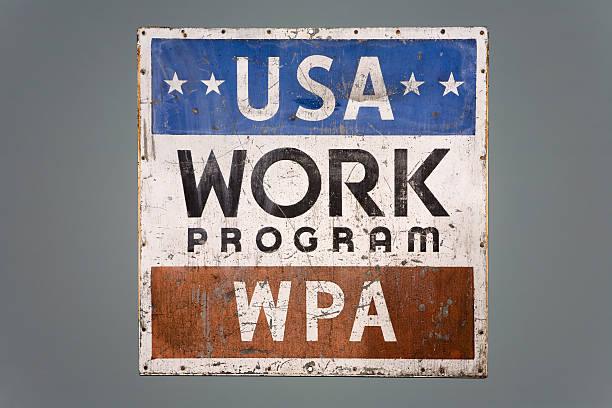
What did President Roosevelt do for America? He gave Americans a leg up they needed. America took Roosevelt’s hand while all the other nations around the world crumbled into chaos; a hand up, not a handout, and together as one we stood, and we stood tall. Help came when the public couldn’t help themselves as individuals. Jobs made voters part of the solution. The day we became united as “one” was the day America became great — stronger together, “We, the People.” United America ruled the world. Together our ancestors changed the world for the next generation. The United States stood as a beacon for all the world to see. United, our American ancestors marched into war and saved a dying world.

Today, America stands at the crossroads in a land devoid of truth. Truth has become a matter of perspective, and we no longer recognize friends from foe. The question remains, how will we solve our problems? Will we leave a better world for our descendants as our ancestors did? The choice is ours; may we choose wisely.
James Martin Nelson is the author of the book, Stealing Home: How Artificial Intelligence Is Hijacking the American Dream,